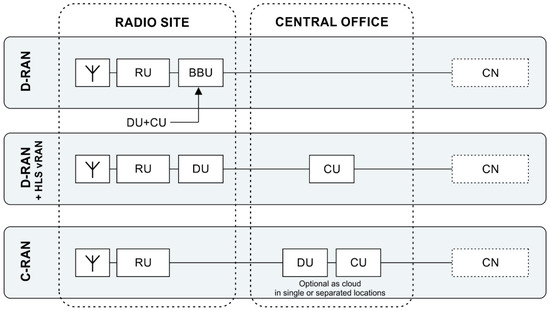An Overview of WPC: Wireless Planning and Coordination
telcomatraining.com – Wireless communication has become an essential part of modern life, and managing the frequencies and spectrum that allow these technologies to function is a critical task. One of the primary organizations overseeing this in India is the Wireless Planning and Coordination (WPC) Wing of the Ministry of Communications. The WPC is responsible for ensuring that wireless communication services operate without interference and are optimized for efficient use. In this article, we will explore what WPC Wireless Planning and Coordination entails, its role, and its importance in the telecommunications sector.
Understanding WPC Wireless Planning and Coordination
The WPC Wing is a government agency that plays a key role in the allocation, planning, and coordination of wireless communication frequencies within a country, specifically in India. This organization is tasked with managing the radio frequency spectrum, which is a limited resource, to ensure that it is used efficiently and effectively by different services like mobile networks, television broadcasting, satellite communication, and more.
WPC works closely with several other stakeholders, including regulatory bodies, telecommunications operators, and international organizations, to create a framework that supports the growing demand for wireless communication while preventing signal interference. By managing spectrum allocation, WPC helps avoid conflicts and ensures the smooth functioning of wireless technologies.
Key Functions of WPC
The WPC performs a range of functions that contribute to the orderly use of wireless technologies. Some of its primary duties include:
- Spectrum Allocation and Management: The WPC is responsible for allocating radio frequencies to various services like cellular networks, broadcasting stations, satellite services, and emergency communication systems. The WPC ensures that the frequencies are used efficiently to minimize interference and optimize performance.
- Frequency Coordination: To prevent harmful interference between wireless services operating in the same spectrum bands, WPC coordinates the usage of frequencies. This involves planning and managing frequency assignments to different services across the country, ensuring that signals do not overlap or cause disruptions.
- License Issuance: The WPC issues licenses for the use of wireless equipment and networks. These licenses are granted to telecommunication service providers, broadcasting organizations, and other entities that need access to wireless frequencies. The WPC ensures that these licenses are in compliance with national regulations and international standards.
- Regulation and Enforcement: The WPC enforces rules and regulations related to wireless communication. This includes monitoring the use of frequencies to ensure that they are not being misused or causing interference. The organization also works to mitigate unauthorized use of radio frequencies, including illegal transmission of signals.
- Research and Development: The WPC also plays a role in the research and development of new wireless technologies. By studying trends in global wireless communication, WPC contributes to shaping policies that accommodate emerging technologies like 5G, IoT, and other next-generation communication systems.
Importance of WPC Wireless Planning and Coordination
The WPC’s role is crucial for several reasons:
- Efficient Use of Spectrum: The radio frequency spectrum is a finite resource, and without careful management, it could become overcrowded, leading to poor signal quality and interruptions in communication services. WPC ensures that the spectrum is allocated efficiently to meet the demands of different industries.
- Reducing Interference: One of the key challenges in wireless communication is interference. Multiple services operating in the same frequency range can disrupt one another, affecting quality and reliability. The WPC works to prevent such interference through careful planning and coordination.
- Facilitating Growth of Telecom Services: With the increasing reliance on mobile networks, satellite communication, and other wireless technologies, the demand for frequency space is growing. WPC’s role in managing spectrum ensures that the telecommunications industry can expand without sacrificing service quality.
- Supporting New Technologies: As the world embraces new technologies like 5G, WPC’s role becomes even more critical. The introduction of new wireless technologies requires careful coordination of frequencies to ensure that they operate efficiently without disrupting existing services.
- International Cooperation: Spectrum management and wireless communication regulations are not confined to national borders. The WPC coordinates with international bodies like the International Telecommunication Union (ITU) to ensure that India’s wireless communication infrastructure complies with global standards and is able to work seamlessly with other nations.
Conclusion
WPC Wireless Planning and Coordination is essential for the effective management of wireless communication in India. By ensuring the optimal use of the radio frequency spectrum, preventing interference, and supporting the growth of new technologies, the WPC plays a vital role in the country’s telecommunications infrastructure. Its work not only benefits telecom operators and businesses but also ensures that consumers can enjoy high-quality, reliable wireless services. As technology continues to evolve, the importance of WPC’s role in wireless planning and coordination will only continue to grow.







